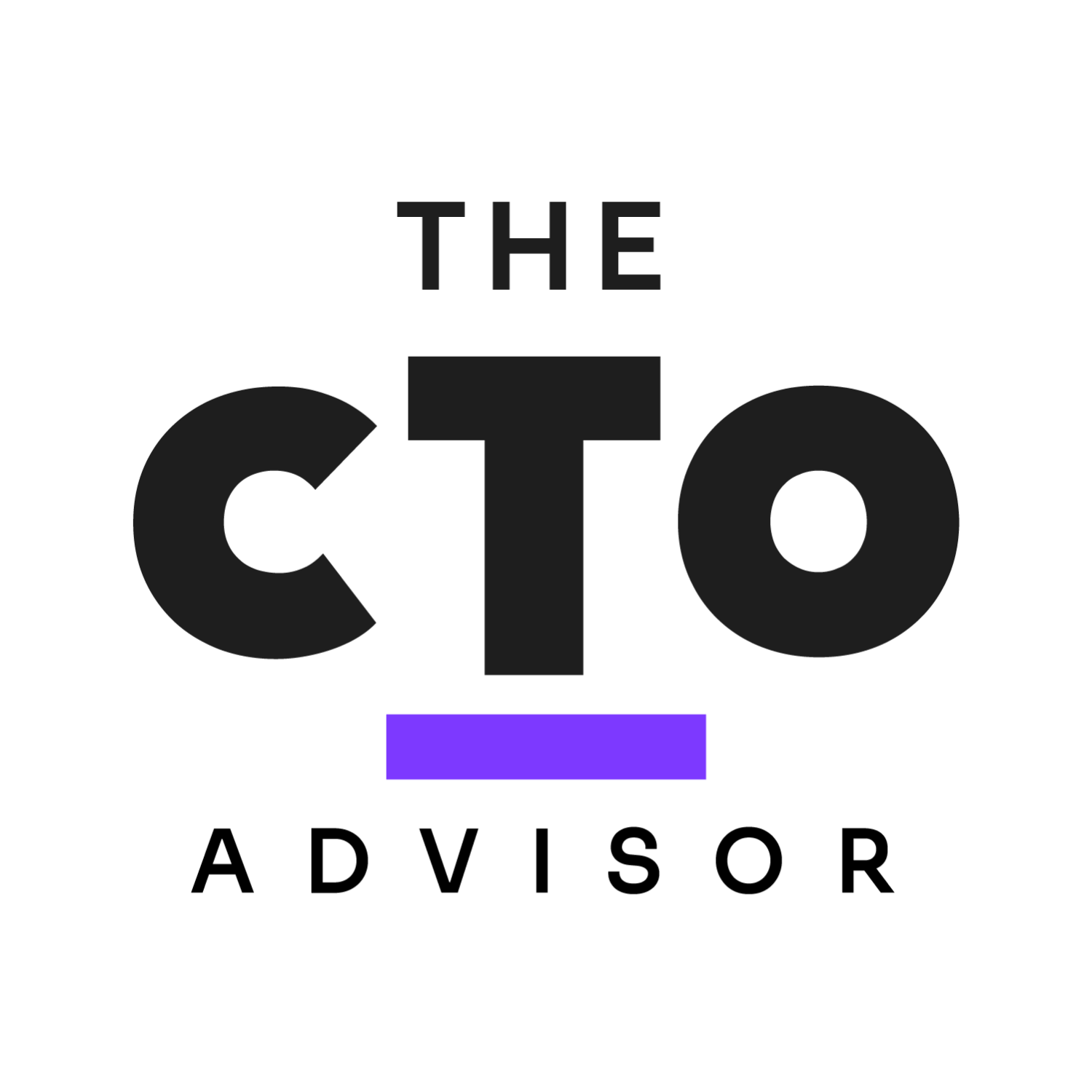IT asset lifecycle management – also known as IT asset management or ITAM – has been around in one form or another for about as long as the IT profession itself.
Don’t mistake that to mean it’s a legacy practice in decline. Rather, ITAM is as vital as ever to successful IT management. The definition of an IT asset has expanded and evolved to include much more than, say, employee laptops and software applications. Moreover, the value of IT assets has consistently increased given the central role technology plays in virtually every business – not to mention ambitious digital transformation initiatives sweeping virtually every industry today.
Add to that a “new normal” in which uncertain macros conditions are considered business as usual, and ITAM’s importance becomes even more visible – which is actually spurring renewed interest in the discipline.
As a CTO, you’re probably well-familiar with the general IT principle that “you can’t protect what you can’t see” or similar – you can optimize what you can’t see, you can’t update what you can’t see, and so forth. ITAM as a discipline has long sought to ensure the kind of visibility and knowledge CTOs need to make the most of their finite resources – ideally in real-time or near real-time.
That visibility and insight is all the more important as IT environments become increasingly distributed, diverse, and data-intensive. So, let’s dig into the state of ITAM in 2024, from the mainstays that form its foundation to the newer trends and areas of focus that you and your team should know.
Definition & Key Stages Of ITAM
IT asset lifecycle management is the continuous process of managing and optimizing technology assets at every stage of their useful lifespan, from planning and procurement to decommissioning and IT asset disposal.
Adopting IT asset management best practices at each stage ensures that organizations maximize value while minimizing risk. These best practices are critical for IT cost optimization, service quality, employee productivity, security, and compliance. The term is also used to refer to the various asset management software tools CTOs use to manage their technology portfolio.
We’re using “IT asset lifecycle management” and “IT asset management” interchangeably here, though some people might consider the former as a specific process under a broader umbrella of ITAM practices. No matter your POV, either term rightly refers to the rigorous end-to-end lifecycle management process governing all IT assets to ensure maximum business value. Those stages include:
- Planning and Budgeting: The first stage of effectively managing IT assets begins before they technically exist. The planning stage entails forecasting your IT requirements to ensure you’re right-sizing your investments and that the money will be in your budget when needed – and that you’re negotiating the best pricing possible with your IT service providers.
- Acquisition: You need processes in place – grounded in intelligent, accurate planning – that ensure you’re ready to buy new assets when you need them. This phase is also commonly called procurement, which can involve an entire team or department in large enterprises.
- Assignment: Once acquired, IT assets must be properly allocated, assigned, and tracked – ensuring that the right resources are matched with the right people and systems continuously. This stage includes fundamentals like configuration, deployment, and end-user training.
- Utilization and Optimization: Few IT assets are set-it-and-forget-it propositions – their effective use requires streamlined preventive maintenance strategies – such as security patching and software upgrades – and fine-tuning to enable optimal usage while keeping maintenance costs reasonable. This phase also includes ongoing support (whether via a help desk or other source) when issues or bugs arise.
- Decommissioning: The useful life of virtually any IT asset is finite – whether it is an aging hardware asset, obsolete software, or stale or inaccurate data, there comes a point when it is time to declare end-of-life and retire or replace the asset.
- Disposal: Finally, those retired assets – even those in the cloud or as a SaaS app – must be properly disposed of. Short-changing this step can open the organization to unnecessary risks, including security holes, compliance issues, and unnecessary costs (such as storing data that is no longer needed.)
4 Key Benefits Of The IT Asset Lifecycle Management
Because it’s not the most glamorous aspect of IT, it might be tempting to question the value of ITAM. But that would be a colossal mistake – kind of like never changing the oil in your car or ignoring your household’s bills. ITAM’s benefits tend to be compounding – not just for you as CTO but for all decision-makers and stakeholders in the organization. The advantages of carefully managing every stage of the asset lifecycle include:
- Optimizing IT Costs: Ignoring IT asset lifecycle management is like never paying attention to what you spend your money on. There’s simply no way to optimize costs – whether that means finding and realizing cost savings or simply maximizing the return on investment of every dollar you’re spending – if you don’t know what you’re spending your budget on.
- Stronger Security: Too many security risks and breaches result from so-called “blind spots” in your environment – again, you can’t protect an asset if you don’t even know it exists.
- Improved Productivity & Efficiency: As a CTO, you’re constantly under pressure to do more with less – a maddening adage, to be sure, but a business reality for most IT executives today. Effective ITAM helps you to maximize resources while also ensuring that both employees and IT systems have the tools and data they need to do their jobs well.
- Enhanced Data-Driven Decision-Making: One of the biggest changes in ITAM is the evolutionary shift to view organizational datasets as valuable (if not more so) as traditional assets such as servers or software. Incorporating a data-driven view into ITAM helps deliver the right data to the right people and systems at the right time, enabling informed decisions – no matter whether it’s a human or a machine making the decision.
ITAM In 2024: Emerging Trends For CTOs
While IT asset lifecycle management is a longstanding practice, it’s not static – as IT itself has evolved, so does the definition of an IT asset. Here are several prominent trends that you should be incorporating into your ITAM strategy if you’re not already.
Data as an Asset: With digital transformation and other IT-powered initiatives continuing to dominate business strategies, organizations need to increasingly treat their data as an asset – one that has an asset lifecycle of its own, just like physical assets or software licenses. It’s a prerequisite for optimizing data management and analytics, among other use cases.
AI Comes to ITAM – or Vice Versa: One of the most urgent reasons for explicitly incorporating data into the asset management lifecycle is that it’s a must for effective AI and ML strategies, according to Tackett from Flexera. There’s no such thing as good AI without good data.
“IT leaders must recognize that the landscape of IT asset management has been deeply influenced this year by advancements in AI and ML,” Tackett says. “When we discuss AI, we're essentially talking about intelligent utilization of data. The highest-performing IT teams look for expansive and enriched datasets for more impactful decision-making. The ability to provide data to support other teams is a significant measure of success of asset management initiatives, showing that ITAM plays a significant role company-wide.”
Regulatory Landscape Keeps Evolving: Whether in terms of data governance, security, or other areas, it’s also important to remember that the regulatory environment is continuously evolving.
Companies with a footprint in the EU, for example, will soon need to adapt their ITAM practices – especially in terms of asset disposal – to meet new rules due to the Corporate Sustainability Reporting Directive (CSRD).
The Bottom Line
As IT assets become more diverse, distributed, and integral to business success, ITAM provides the visibility, control, and optimization required to manage resources efficiently, reduce costs, and mitigate risks. With the growing importance of data as an asset and the integration of AI into asset management, the role of ITAM has never been more critical for CTOs.
As you refine your ITAM strategy, it's no longer just about tracking assets—it’s about creating a proactive, data-driven approach to managing technology across the enterprise.
Elevate your ITAM practices and stay informed on the latest trends in technology management. Subscribe to The CTO Club newsletter for insights and strategies that will help you navigate the complexities of IT asset management and drive your organization forward.








